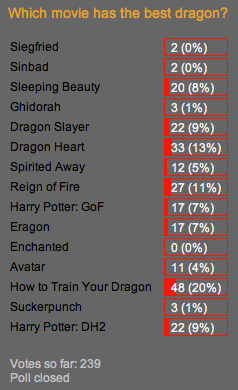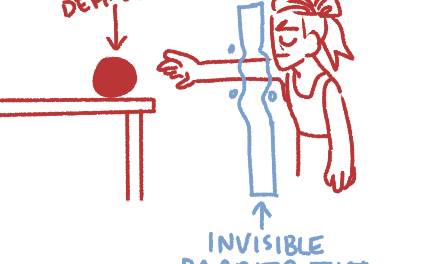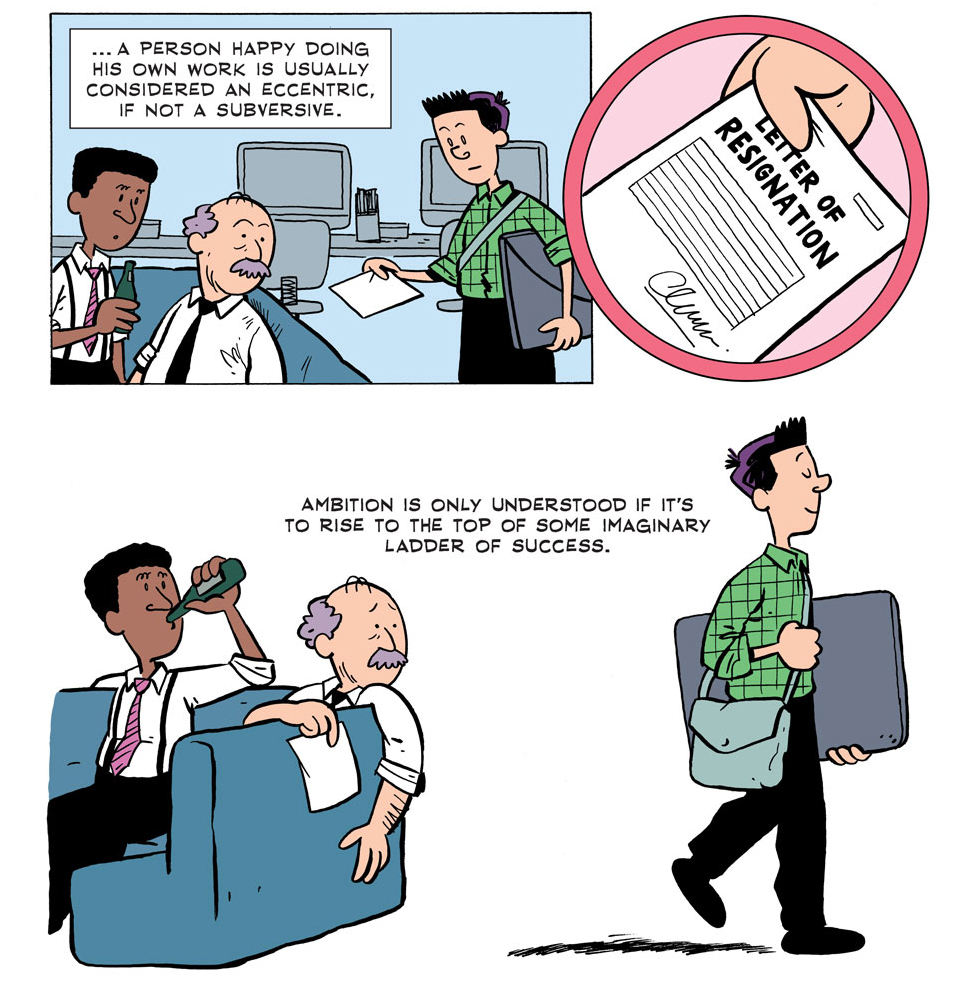
Many will say that there are no rules in art. And that’s true when it comes to creation. But when it comes to the business of Illustration, I do have a set of hard rules that I never break… mostly because I’ve learned the hard way not to. I thought I’d share with you some of those rules in the hopes that you can avoid the same suffering.
1. If you paint on board, always leave ample border.
I used to leave just a 1/4 inch border around my images. Not only did it look really nice during presentation, but it often meant I could squeeze 2 paintings out of 1 piece of illustration board. Don’t do that. Leave yourself several inches of space all around.
This is for several reasons. Firstly, if your client asks you to add more bleed to an image, you have the space to do it.
Secondly, and more importantly, if you don’t leave a border and you drop your board, you will irreparably damage a corner of your painting. Sadly, it took me years and literally dozens of damaged paintings before I finally just made it a rule to leave some extra space.
2. When trimming a finished painting, ALWAYS cut on the outside edge of the ruler.
Well, if you always leave a border, that means you will probably need to trim your painting at some point in order to frame it. When you do, always cut on the outside edge of your ruler. Never, ever, ever run the blade along the image side. No matter how steady your hands, you WILL eventually slip and cut right through your painting. I have done this a LOT.
3. Buy extra!
Part of being an illustrator means working long hours. You will inevitably be painting at 2am, crunching to meet a deadline, and run out of something really important… be it gesso, printer ink, a certain color, turpentine, varnish… something. And you’ll be screwed.
Don’t be stingy, buy two of everything, and always buy more when you’ve only got 1 in stock.
4. Wait until morning.
It’s 4am, you just finished those sketches (or maybe a finished painting) and you really want to email them off to your AD so that they’re waiting for them when they get to work. Heck, you can even write them a nice long email about which sketches you like and why.
The truth is, if you’ve been sketching for 8 hours, are over tired and over-caffeinated, chances are everything that comes out of your brain that’s not art is utter shit.
Don’t send emails at 4am!
Instead, wait. Get some sleep and then look at those sketches again. You’ll inevitably find huge flaws in them that you didn’t see before. Not only does some time away from your images give you real clarity, but the additional sleep will help you avoid sending some verbose email that makes you sound like a drunken idiot.
5. Oil paints take longer to dry than you think.
Retouch varnish has a small amount of solvent in it. That means if your painting isn’t completely dry, it can dissolve the top layer of paint during application. Dozens of times I’ve varnished over a face I thought was dry only to watch my varnishing brush wipe it all away in one big streaky mess. This of course always happens just hours before it’s due.
If you really have to varnish something, and it hasn’t had ample time to dry, use a spray varnish.
6. Never use a space heater to dry your painting.
Don’t do it. You will burn a hole straight though your painting. For real. I’ve done it. Space heaters are way hotter than they look, and produce inconsistent heat.
Honestly, you’re better off sticking your painting in an oven if you have to. That way, you can carefully control the temperature.
7. Always scan your painting before shipping it out.
Always have a record of your painting before it leaves your hands. If you’re in this business long enough, you’ll know that they don’t always come back in the same condition, if at all.
8. Shipping several lightweight boxes is better than shipping a single heavy one.
There are lots of reasons for this. Firstly, delivery men hate heavy crates. They will drag, drop, and lug that thing around with hatred, ensuring that your contents take the most brutal beating possible.
Several lighter boxes not only makes things much easy on your delivery man, but they take a LOT less damage, and often times costs less because you avoid oversized shipping fees.
The other reason is actually a really important one. If you stick ALL of your paintings in one crate, and that single crate gets lost or damaged… Well, you just lost everything. By divvying up your shipments, you’re not putting all your eggs into one basket, so to speak.
Fed-Ex once lost a crate with 12 of my very best paintings in it, many which I didn’t personally own. After 2 months, dozens of desperate phone calls, and no success, I had finally accepted they were gone for good. Eventually, by some miracle, they did turn up, but that was definitely the last time I ever did that.
9. Keep a list of jobs to invoice, and those that are unpaid.
When you’re panicking to meet a deadline, and then immediately need to jump head first into the next one, it’s surprisingly easy to forget to invoice a job. I once forgot to bill a job and didn’t discover it until more than a year later. Yeah, Art Directors love those calls.
In the same respect, keep a tally of unpaid invoices and cross them off as they come in. If you’re a freelancer you will likely deposit multiple checks at once. When you do, it’s really difficult to figure out which checks that deposit included if you need to go back and find out.
10. Don’t trade vacation time with your loved ones just to meet a deadline… it’s never worth it.
They’ll say they really need it Monday! It’s SUPER important! They HAVE to have it! Jobs are on the line! And the only way you can do it in time is to bail on that weekend getaway that your Wife and kids have been looking forward to for months.
DON’T DO IT.
Seriously, just don’t take the job in the first place. It’s really easy to let work consume your life, and that’s a slippery slope. But it’s even worse when you discover that most of the time your client didn’t even open your painting until Wednesday anyways.
Work is a means of supporting life, not the other way around.







Thanks Dan!
Rules to live by er.. work by. Great post Dan!
Cut on the outside edge. Man, when I'm in a hurry I still say, “I can do it.” DON'T. Great advice Dan.
Number 10! A thousand times number 10! This should be a constant reminder regardless of your field.
Thanks for the post Dan. #10 really hit me right now with balancing life and work.
In response to number 2, I say buy a mat cutter with a straight edge blade. Best decision I've ever made. Cut boards super fast, super accurate and never deal with a slipped ruler again!
I've done it with the varnish, wiped away hours of work in a split second. What a sickening feeling. Thank you for these rules.
I lol'ed at #4… so true.
Number 10 actually choked me up a little. I've been doing this. No more.
The last line is possibly the best career advice I have ever read. Very inspiring and well put. Thank you!
(also, reading through these has been quite painful. Just to think of your paintings being cut up, burnt, dissolved or lost in the shipment…aaah, the horror! )
Oh yeah, number 4, bit me a couple times, pulling all night-ers for a deadline and sending it out the door before your head cleared. I learned to give myself breathing room around a deadline. Negotiate more time (which surprisingly often works) or add minimum a day to my production time. If I say a week it is a week and just stick to that in my bid even if that means I do not do the project. I’ve done way too many jobs I hated because of some absurd ad agency deadline. I never want to feel that way about my work.
Just curious….i’ve just recently done that with the varnish and not familiar with how to correct it. Can you paint over the varnish or do you have to remove it, thus risking the rest of the painting?
If it’s just retouch, you can paint over it. If it’s a final varnish, wait for it to dry, and try to remove it. Repaint, and then revarnish. Though, if your paint was still somewhat wet when varnishing, it’s likely that when you remove it, some paint will be removed too.
Nice Advice Dan! The list could be 100 things, not just 10!
Experience is the best teacher. Live and learn, or you’ll have to relive it again. Life’s too short for that!
Experience is the best teacher. Live and learn, or you’ll have to relive it again. Life’s too short for that!